This is my first blog post! With it, I would like to tell you a little bit about how I got into RF hacking and what tools I use to analyze RF signals.
My experience
Radio Frequency (RF) communications are used in a plethora of devices, the first time I got in touch with RF communication was when in middle school I bought a radio-controlled (RC) car.
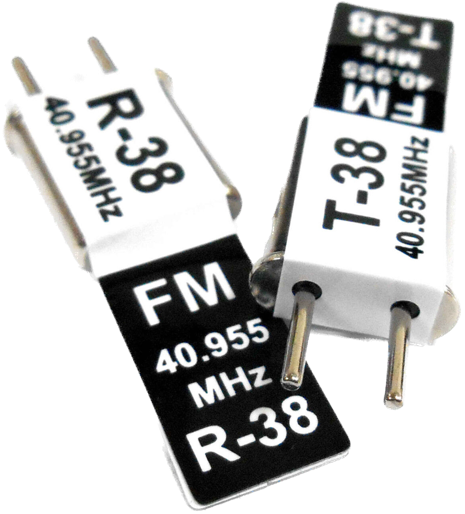
The communication between the remote and the car used RF to RX/TX throttling and steering, and the remote had a tiny crystal that you could swap with other remotes to control different cars, the same crystal was on the car’s receiver, you can see what it looked like in the picture.
Growing up, I later discovered that switching crystals changed the operating frequency of the remote, or the car, hence another remote could communicate with another car!
If I had to point out a specific moment that made me want to deepen my knowledge about RF communication is when I stumbled upon Samy Kamkar’s OpenSesame. I was fascinated by how well a repurposed kid’s toy could perform as a penetration testing tool, so I decided to start exploring the subject.
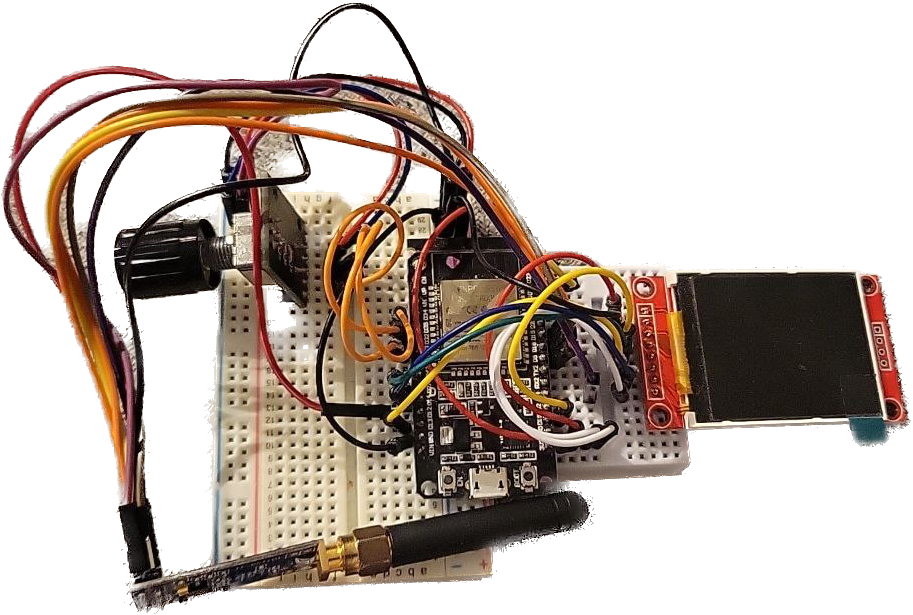
Since then I have been trying to make my version of Samy’s OpenSesame, my first attempt was quite successful but only able to transmit/receive on a single frequency. It is when I first started working on an updated version, using a TI CC1101 chip (a transceiver capable of operating at multiple frequencies) that I saw Flipperzero’s Kickstarter and decided to back their project and stop working on mine. This is what my project looked like, I built it using the transceiver, an OLED display and a rotary encoder, all powered by an ESP32.
Hardware Tools
My penetration testing arsenal has gotten bigger over time, but to get started with RF hacking you can do very much with very little hardware/software and money. Here I will describe a few tools that I use daily when doing RF-related tasks.
SDR Dongle
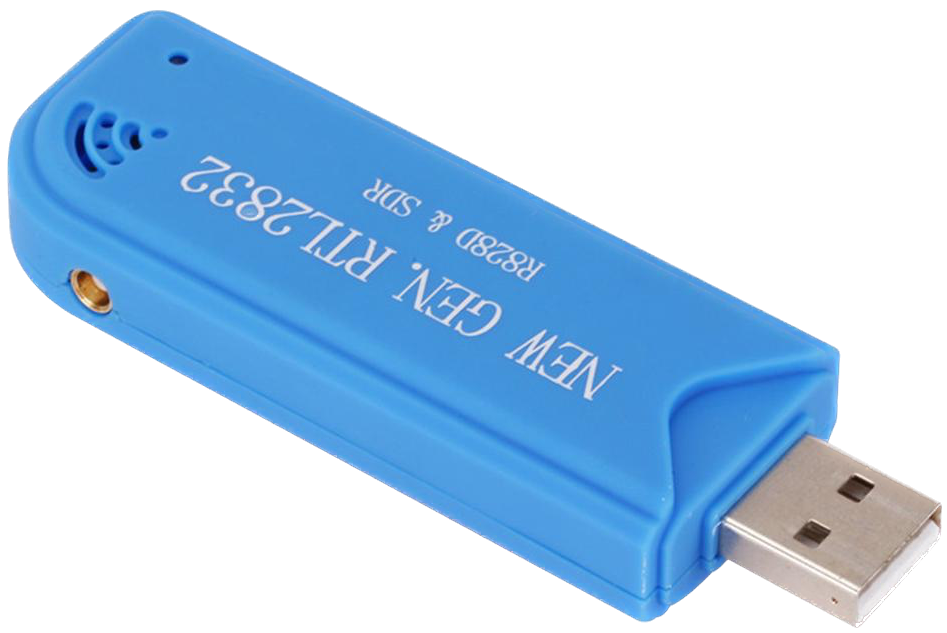
This one is a must-have to get started! This affordable (~15$) USB SDR dongle allows you to “listen” (receive) on frequencies ranging from 500kHz up to 1.7GHz. It can be used to determine on which frequency a communication takes place, as well as recording signals for further analysis!
Arduino modules

Arduino is an amazing tool, and it’s great to get started with hardware hacking. The one I am more familiar with is the Arduino Nano (the one in the picture above). It’s compact power efficient and cheap (~20$ for the original, 5$ for clones).
Single Frequency
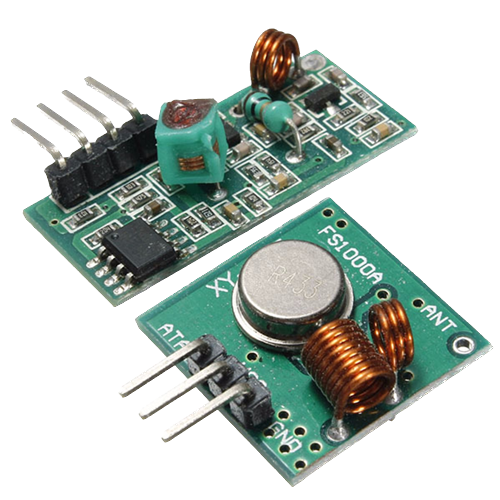
Using an SDR dongle for receiving signals can be fun, but it’s when you become able to transmit that the real fun begins. These extremely cheap (~1$) Arduino modules allow you to start hacking with a board as simple as the Arduino Nano, they can only communicate over a single frequency but depending on where you live you can decide whether to buy a 433MHz one (Europe) or a 315MHz one (US).
Multi-Frequency
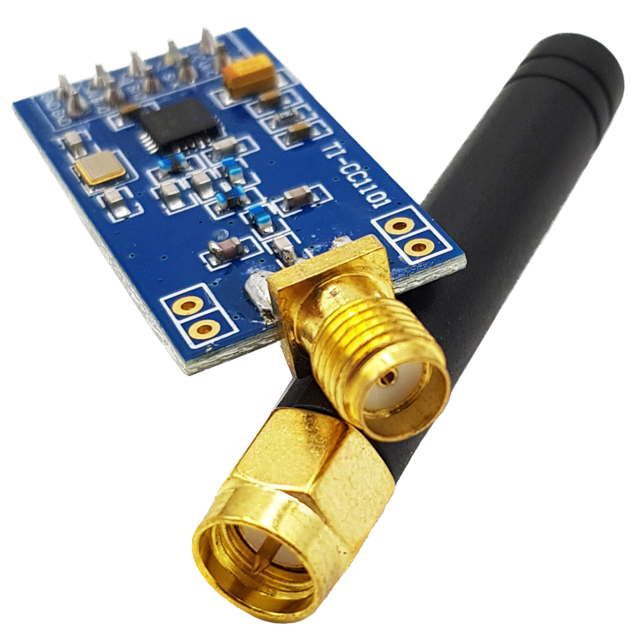
The evolution of these simple RX/TX modules is a transceiver a single module capable of both receiving and transmitting and we can take it even a step further with a multi-frequency transceiver: a very popular one is the TI CC1101 and as you might have guessed it can RX/TX on multiple frequencies. The CC1101 can be found for quite cheap online (~4$), and is the same chip used by Flipperzero!
EvilCrow-RF
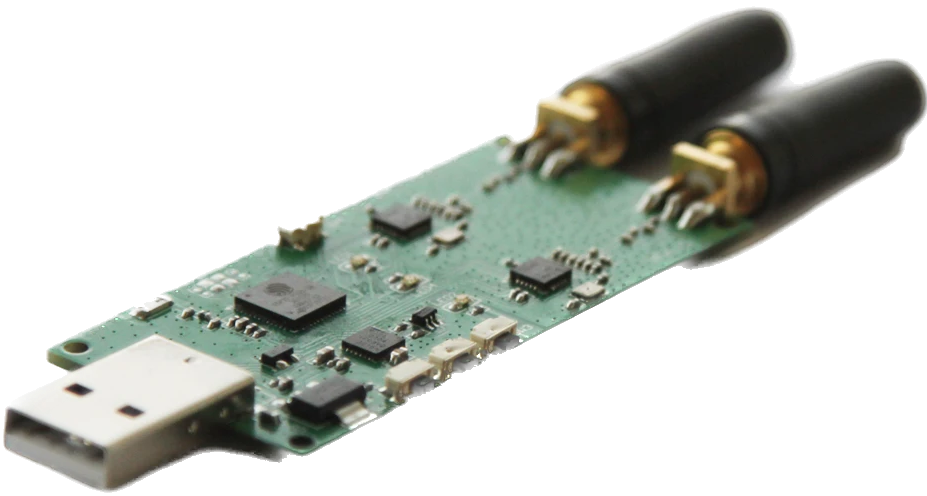
This open-source device developed by Joel Serna Moreno includes not one, but two CC1101 transceiver modules! Having two transceivers opens the possibility to perform some specific rolling code attacks, as well as scanning/listening to multiple frequencies at once when trying to figure out where a signal is transmitted. I have not had much time to try out this device but I am sure it will come in handy at some point.
Flipperzero
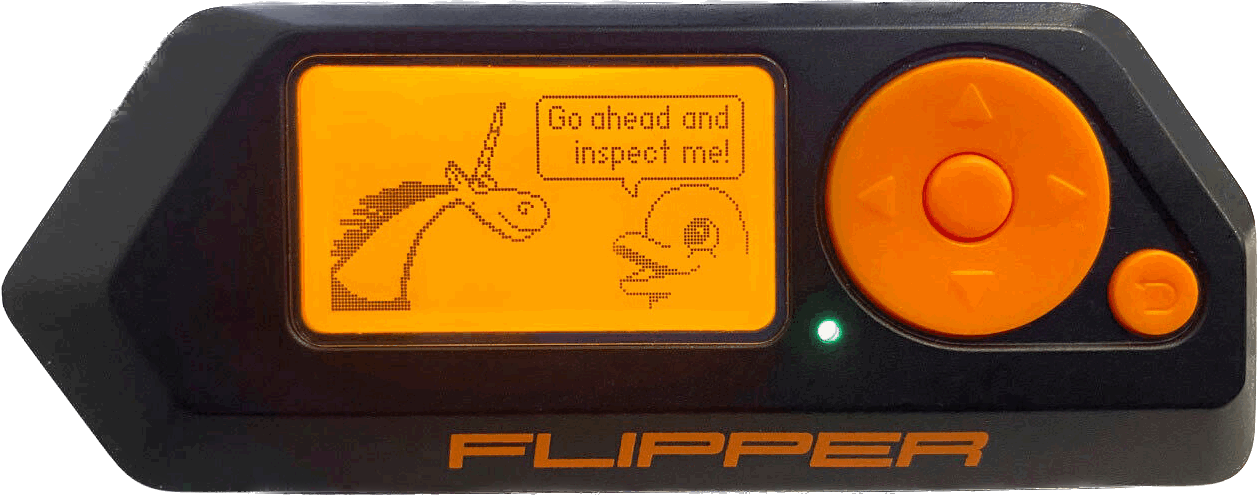
When I saw the Kickstarter campaign for this device I knew I had to back it. I supported the project by buying not one, but two Flipperzeros :)
Defining this as an RF hacking tool only is very diminishing, it has many other capabilities: it implements a lot of other communication protocols such as Bluetooth, NFC, infrared, and more! If you want to learn more about it head over to their website where you can try to buy one, unfortunately, they are often sold out.
Software Tools
Over time I have come to the conclusion that powerful hardware is useless without good software supporting it.
Now that we have seen the main hardware tools to transmit and receive RF let’s go over what software can be used to further analyze and reverse engineer the signals we capture.
gqrx
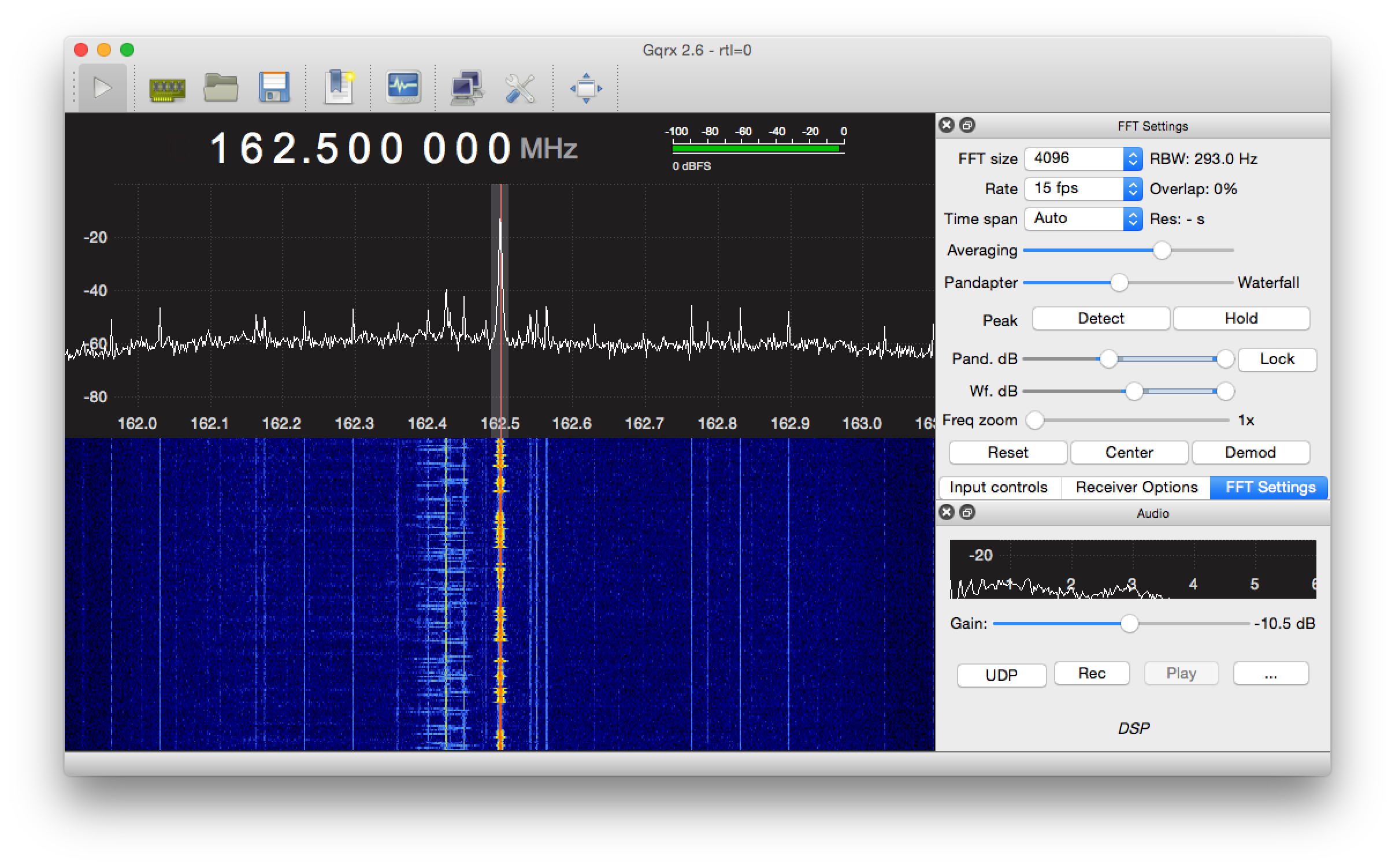
This program, together with the SDR dongle, lets you record signals on different frequencies in the form of audio files, it can also be used as a spectrum analyzer to see what frequencies are used around you and sniff radio communications. It can be configured to use different modulations and channel widths and supports a lot of different hardware.
Audacity

Audacity, as the name suggests, is a program that handles audio files. I mainly use it to analyze the signals recorded using gqrx. Zooming in with audacity, we can see in the picture shows the recorded signal as a square wave, from the timeline we can determine the duration of each pulse and figure out how ones and zeros are encoded.
URH
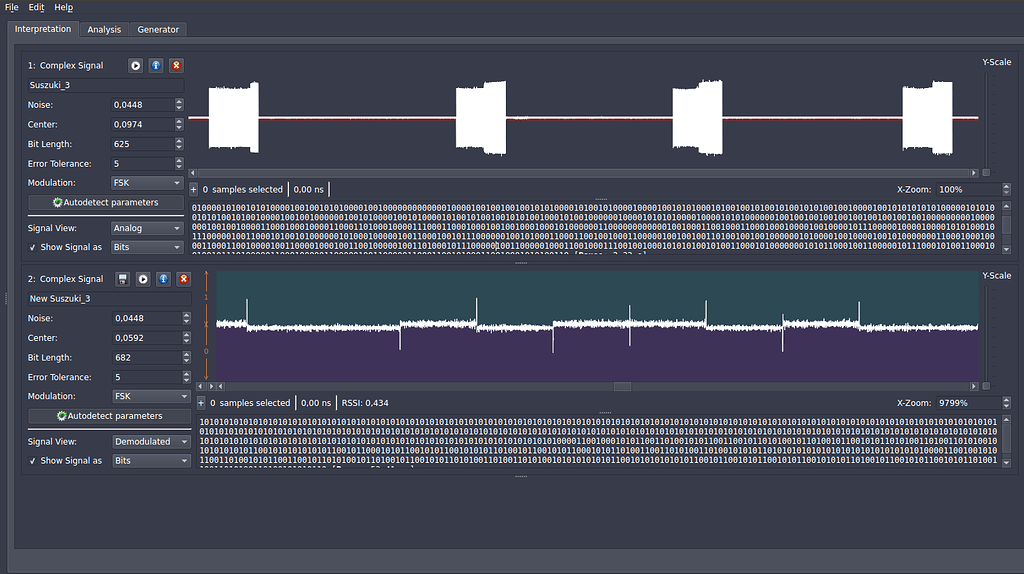
Universal Radio Hacker (URH) is the most complex and complete software on the list. It can read a multitude of different file formats and display them as square waves. I am still learning how to take advantage of its full capabilities but it looks very promising so far.
